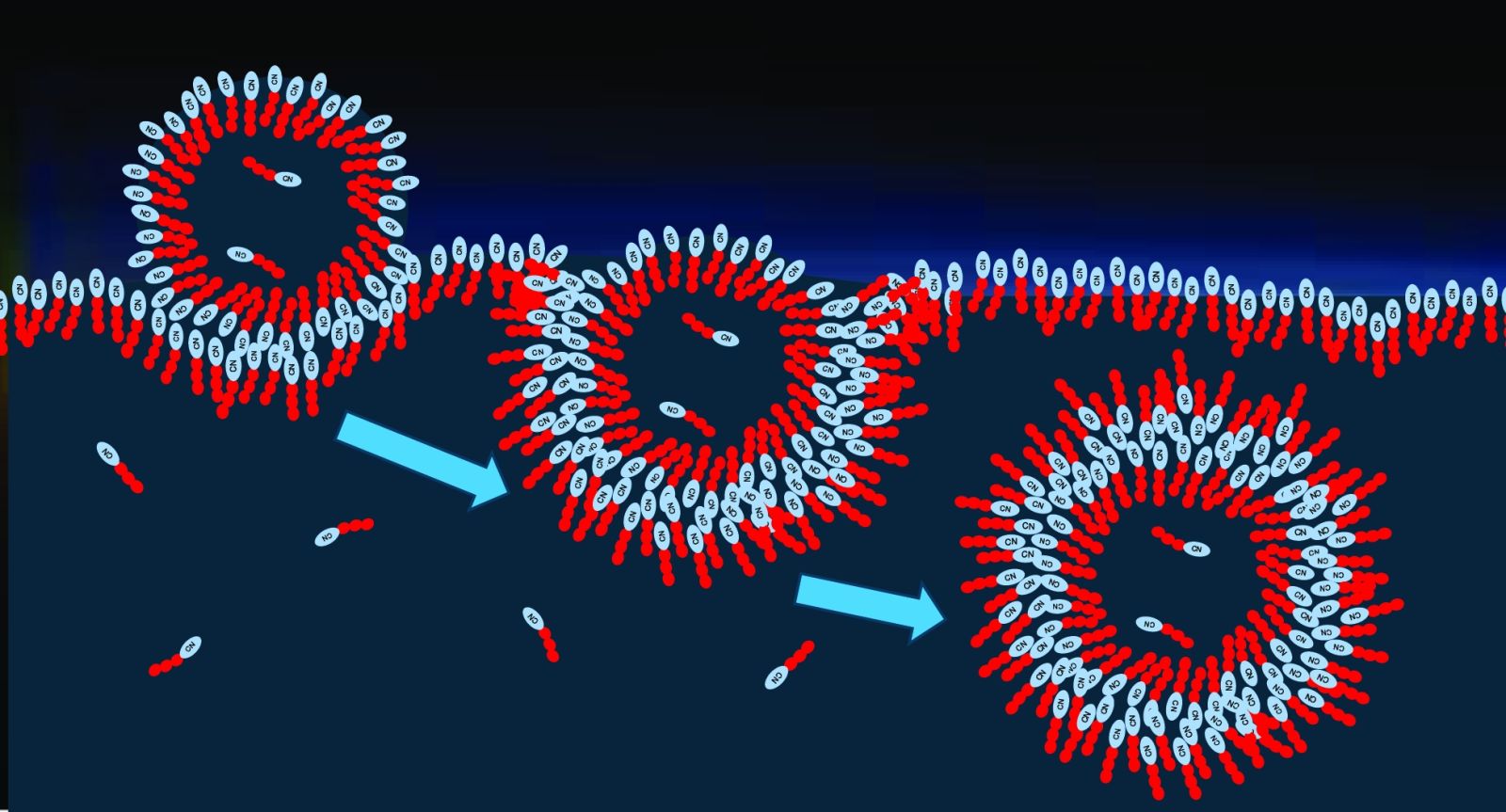👽 Discovery of conditions suitable for life on Titan, Saturn's moon
Published by Cédric,
Article author: Cédric DEPOND
Source: International Journal of Astrobiology
Other Languages: FR, DE, ES, PT
Article author: Cédric DEPOND
Source: International Journal of Astrobiology
Other Languages: FR, DE, ES, PT
Follow us on Google News (click on ☆)
While Earth remains the only known world where life has developed, Titan intrigues with its unique hydrological cycle dominated by methane and ethane. A recent study published in International Journal of Astrobiology explores how vesicles - molecular envelopes similar to cell membranes - could form there spontaneously.

When methane droplets come into contact with the lake surface, monolayers combine into bilayers and form vesicles.
A radically different environment from Earth
Titan has a dense atmosphere rich in nitrogen and methane, with temperatures around -292°F (-180°C). Unlike our planet, its lakes are composed of liquid hydrocarbons, creating an environment hostile to water but favorable for complex organic reactions.
Data from the Cassini mission revealed active meteorological processes, with methane rains carving rivers and feeding liquid expanses. Under solar radiation, these molecules fragment and recombine into more elaborate compounds, potentially giving rise to vesicles.
These structures could form through a surprising mechanism: when methane raindrops fall on lake surfaces, they splash and project tiny hydrocarbon droplets into the air. As they fall back, these droplets encounter special molecules called amphiphiles - chemical "building blocks" with a hydrophilic part (attracted to liquids - water on Earth) and a hydrophobic part (which repels them).
On Earth, these molecules naturally assemble in water to form microscopic bubbles. On Titan, they might do the same in hydrocarbons: by clustering around droplets, they would create a protective double layer, like a tiny pocket. These small spheres, stable despite extreme cold, would then resemble the first "protocells" that may have preceded life on Earth.
A clue to understanding the emergence of life
On Earth, amphiphiles organize into membranes in water, but on Titan, it's their interaction with hydrocarbons that would promote their aggregation. This difference suggests that alternative pathways toward chemical complexity exist elsewhere in the Solar System.
The Dragonfly mission, planned for 2028, will study Titan's chemistry without directly exploring its lakes. Its objective will be to analyze the organic composition of the surface, shedding light on prebiotic processes at work.
For researchers, these vesicles would represent a key step toward matter's self-organization, even in the absence of liquid water. Their discovery strengthens the idea that life could emerge in environments very different from ours.